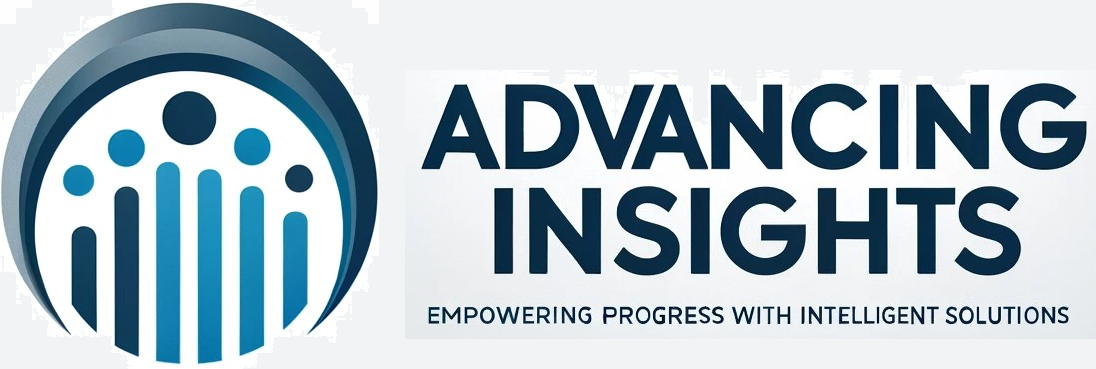Interesting piece from MIT Sloan about enterprise social networking software. I suppose the uptick or rate of adoption for businesses will accelerate in 2006 and 2007.
Drupal Developer & Consultant - NYC & New Jersey
Hire Drupal Developer - Call: 862-596-0745

"Enterprise 2.0: The Dawn of Emergent Collaboration"

Integrating Open Source - Web 2.0 - Applications For Business
Great piece about today's software development process and some of the cool web 2.0 applications..

NY Times - Web 2.0ish
The NY Times gets a little web 2.0-ish.
A New Design

Teaching, Training plus Web 2.0 and Social Software
Web 2.0: A New Wave of Innovation for Teaching and Learning? by Bryan Alexander

Media Frenzy


Political Campaigns and Social Network Software.
Campaigns are now studying social networking software.
"Internet Injects Sweeping Change Into U.S. Politics"
By ADAM NAGOURNEY - NY Times
"The transformation of American politics by the Internet is accelerating with the approach of the 2006 Congressional and 2008 White House elections, prompting the rewriting of rules on advertising, fund-raising, mobilizing supporters and even the spreading of negative information.
Democrats and Republicans are sharply increasing their use of e-mail, interactive Web sites, candidate and party blogs, and text-messaging to raise money, organize get-out-the-vote efforts and assemble crowds for a rallies. The Internet, they said, appears to be far more efficient, and less costly, than the traditional tools of politics, notably door knocking and telephone banks.
Analysts say the campaign television advertisement, already diminishing in influence with the proliferation of cable stations, faces new challenges as campaigns experiment with technology that allows direct messaging to more specific audiences, and through unconventional means.
Those include Podcasts featuring a daily downloaded message from a candidate and so-called viral attack videos, designed to trigger peer-to-peer distribution by e-mail chains, without being associated with any candidate or campaign. Campaigns are now studying popular Internet social networks, like Friendster and Facebook, as ways to reaching groups of potential supporters with similar political views or cultural interests.
President Bush's media consultant, Mark McKinnon, said television advertising, while still critical to campaigns, had become markedly less influential in persuading voters that it was even two years ago.
"I feel like a woolly mammoth," Mr. McKinnon said.
What the parties and the candidates are undergoing now is in many ways similar to what has happened in other sectors of the nation — including the music industry, newspapers and retailing — as they try to adjust to, and take advantage of, the Internet as its influence spreads across American society. To a considerable extent, they are responding to, and playing catch up with, bloggers who have demonstrated the power of their forums to harness the energy on both sides of the ideologicaldivide.
Certainly, the Internet was a significant factor in 2004, particularly with the early success in fund-raising and organizing by Howard Dean, a Democratic presidential contender. But officials in both parties say the extent to which the parties have now recognized and rely on the Internet has increased at a staggering rate over the past two years.
The percentage of Americans who went online for election news jumped from 13 percent in the 2002 election cycle to 29 percent in 2004, according to a survey by the Pew Research Center after the last presidential election. A Pew survey released earlier this month found that 50 million Americans go to the Internet for news every day, up from 27 million people in March 2002, a reflection of the fact that the Internet is now available to 70 percent of Americans.

Web 2.0 Managers
"Manager 2.0", by Kathy Sierra from headrush.

CIO, meet Web 2.0
The Internet Reloaded
I know, I get a little lazy about blogging but I'll try to pass on note worthy pieces as I find them.

Social Software & The Attention Economy
I always get jazzed by John Hagel's ideas. Check it out.

Connecting Globalization & Innovation
AI Consulting & Development Services
We are now providing AI (artificial intelligence) consulting and development services for:
- AI WORKFLOW AUTOMATION
- DEVELOPING CUSTOM CHATGPTS USING GENERATIVE AI
- SAAS APPLICATION DEVELOPMENT
- AI CHATBOT DEVELOPMENT - VOICE AND TEXT
- AI DIGITAL MARKETING SERVICES
- SCREEN SCRAPING - DATA INSIGHTS
See more info here...
